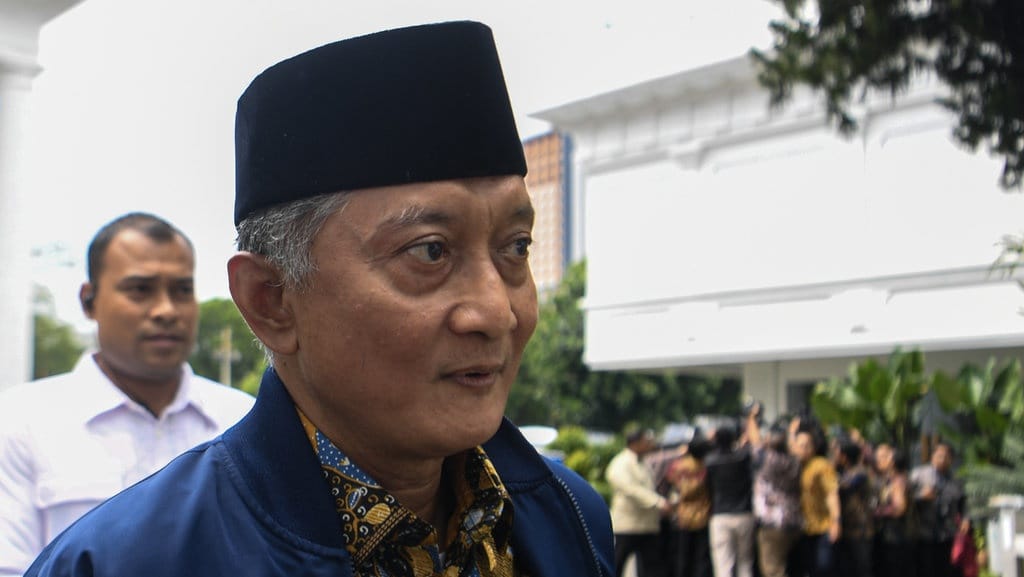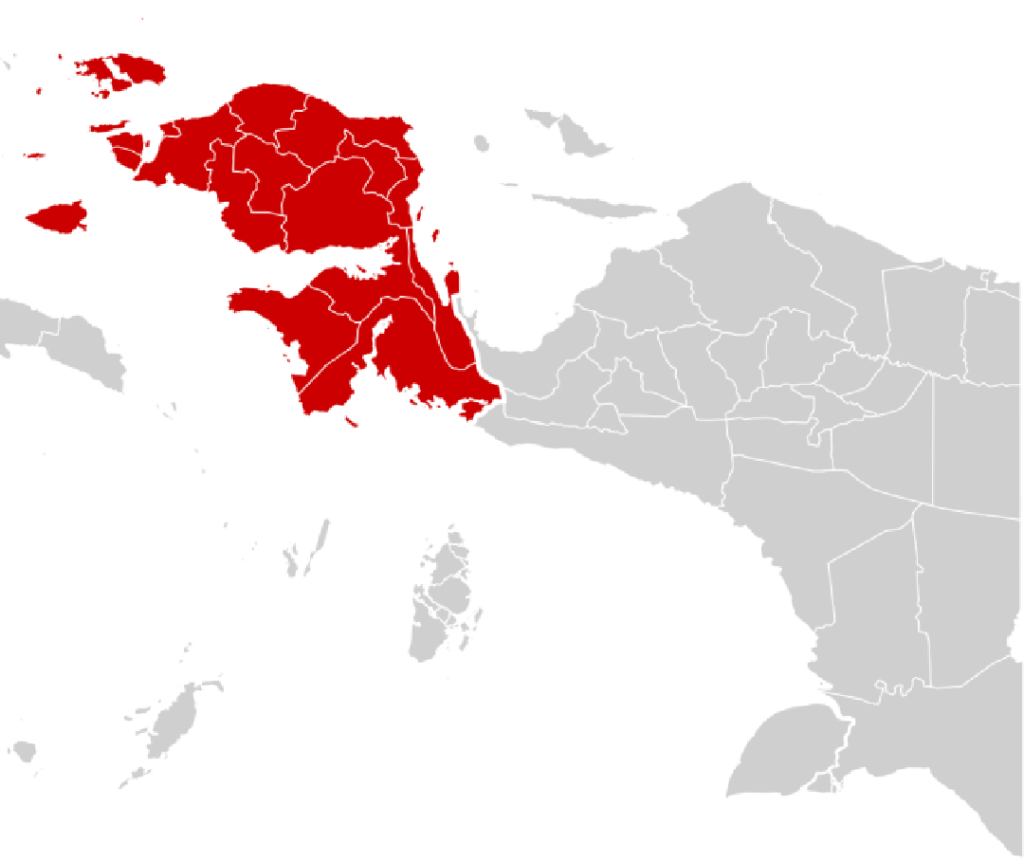In the heart of Indonesia’s eastern frontier, where steep mountains and dense rainforests have long defined the isolation of remote communities, the Trans-Papua Road Project is emerging as a monumental effort to connect what was once unreachable. The Indonesian government, through the Ministry of Public Works (PU), has set an ambitious target—completing the Trans-Papua road network by the second semester of 2026.
For decades, Papua’s rugged terrain has been both a blessing and a barrier. It preserved the island’s rich biodiversity and cultural diversity, yet limited access to essential services, markets, and opportunities. The Trans-Papua project, stretching over 3,400 kilometers, aims to bridge this gap by physically linking cities like Jayapura, Wamena, Nabire, and Merauke—the arteries of Papua’s economic future.
Minister of PU Dody Hanggodo reiterated that the project is not merely about constructing asphalt roads but about creating pathways to prosperity. “Road connectivity in Papua is a key part of Indonesia’s commitment to equitable development,” he stated in an official briefing, emphasizing that the initiative supports President Prabowo Subianto’s vision of a “Golden Indonesia 2045.”
The Strategic Vision: Connectivity as the Foundation of Growth
The Trans-Papua Road has always been envisioned as more than an infrastructure project. It is a socio-economic strategy designed to reduce logistical costs, improve access to health and education, and stimulate trade between highland and coastal regions.
The government recognizes that infrastructure plays a multiplier role in regional development. When transportation routes are opened, the cost of basic goods—from fuel to rice—can drop significantly. In several areas that have been recently connected, transportation costs have already fallen by up to 50 percent, providing relief for residents who once relied solely on expensive air cargo.
The Ministry of PU also highlights the synergy with local economic development zones. Improved roads enable small farmers, fishermen, and artisans to reach larger markets. It supports the distribution of local products like coffee from Wamena, sweet potatoes from the central highlands, and marine products from coastal villages, reinforcing Papua’s potential as an agricultural and tourism powerhouse.
Challenges on the Ground: Terrain, Land, and Tradition
Despite remarkable progress, the journey toward completion has not been without hurdles. The terrain remains one of the most formidable challenges. The Jayapura–Wamena segment, a critical 575-kilometer stretch, crosses deep valleys, mountainous ridges, and river systems that require complex engineering solutions.
Land acquisition has also emerged as a sensitive issue. In some regions, customary land rights must be discussed directly with indigenous communities and local leaders. As reported by Tirto.id, the ministry has actively engaged adat elders (traditional leaders) through dialogue facilitated by the Indonesian National Armed Forces (TNI) and regional governments.
These dialogues are crucial for ensuring that development does not come at the expense of cultural heritage. The government aims to respect local wisdom while providing compensation and empowerment programs. “We are not only building roads; we are building trust,” noted a regional PU representative during a community forum in Wamena.
Security and Collaboration: The Role of TNI and Local Authorities
Another major factor shaping the project’s progress is the security situation in certain highland regions. While Papua’s stability has improved in recent years, sporadic tensions with armed separatist groups in remote districts have occasionally disrupted construction.
To maintain continuity, the government has requested operational support from the Indonesian National Armed Forces (TNI), not for combat, but to ensure safe logistics and assist in heavy-duty construction in areas inaccessible by civilian contractors. This civil-military collaboration reflects a pragmatic approach to national development—one that balances security with sustainability.
In parallel, local governments and the Papua People’s Assembly (MRP) continue to advocate for the inclusion of indigenous Papuans in the workforce. This ensures that the Trans-Papua project contributes not just to connectivity but also to local capacity building and employment opportunities.
Economic Ripple Effect: Opening Papua’s Internal Market
As more sections of the road open, the economic effects are becoming tangible. Towns that were once isolated are now experiencing new streams of commerce. Farmers are able to transport produce to regional markets, and small traders benefit from a wider consumer base.
Data from the Ministry of National Development Planning (Bappenas) show that infrastructure investment in Papua has a high social return, contributing to rural income growth and local entrepreneurship. When completed, the Trans-Papua route is expected to reduce travel time between major cities by more than 60 percent and slash transportation costs for goods and services across the province.
“Roads are the veins of the economy,” said Ahmad Yani, a development analyst quoted by West Papua Voice. “In Papua’s case, the Trans-Papua Road will allow resources, ideas, and people to flow—transforming isolation into inclusion.”
Environmental Balance and Indigenous Empowerment
Beyond construction, the government has also been urged to maintain an environmentally sensitive approach. Papua, known for its rainforests and biodiversity, is one of the world’s last ecological frontiers. Environmental groups and local universities have collaborated with the Ministry of PU to ensure sustainable engineering practices, including soil stabilization, wildlife corridor creation, and reforestation of affected areas.
Indigenous involvement is a central aspect of the project’s social framework. The inclusion of local contractors, traditional workers, and customary landowners ensures that the project nurtures not only infrastructure but also social equity.
According to Republika, the Ministry of PU has implemented training programs for indigenous youth, focusing on road maintenance, logistics, and small-scale entrepreneurship linked to roadside economic zones. These initiatives align with the government’s broader Papua Special Autonomy framework, which emphasizes community-driven development.
A Broader National Commitment
The Trans-Papua project forms part of Indonesia’s Strategic National Infrastructure Plan, covering more than 40,000 kilometers of new and upgraded roads nationwide. Papua’s portion, however, carries symbolic weight—it represents the government’s promise to make development truly inclusive across all provinces.
By mid-2025, 2,800 kilometers of the road had been operational, with the remaining segments—including bridges and tunnels—under construction. The Ministry of PU confirmed that 2026 remains the completion target, with two accompanying toll projects expected to follow in the same year.
Meanwhile, the Presidential Instruction No. 9/2020 on Papua’s accelerated development continues to serve as the guiding policy, integrating cross-ministerial cooperation between infrastructure, social welfare, and economic affairs.
The Road Ahead: Papua’s Future in Motion
For many Papuans, the Trans-Papua Road is more than a development project—it is a symbol of belonging. The ability to travel between districts, access healthcare without flying, or sell products beyond one’s valley represents newfound dignity and independence.
As Indonesia looks toward 2045—its centennial of independence—the completion of this road will stand as proof that development can indeed reach the nation’s farthest edges. It embodies the principle that no citizen should be left behind, regardless of geography or ethnicity.
When the final stretch is paved in 2026, it will not only mark the end of a long construction journey but also the beginning of a new chapter for Papua—one where roads become bridges between people, cultures, and opportunities.
Conclusion
The Trans-Papua Road Project illustrates the government’s broader narrative of equitable growth—linking remote frontiers with the national economy while empowering local communities. Despite the challenges of geography, land rights, and security, the vision remains clear: connectivity is the foundation of prosperity.
If completed as planned, by late 2026 Papua will stand on a new road—not just of asphalt, but of hope, inclusion, and progress. The Trans-Papua highway will not only shorten distances but also expand possibilities for millions who have waited generations for the rest of Indonesia to finally arrive.


